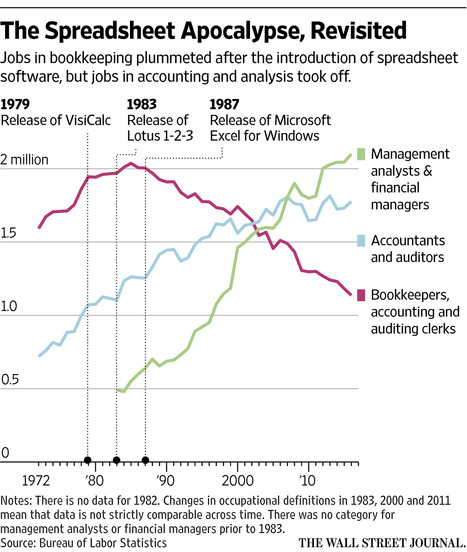(p. A9) Scientists reported on Wednesday [May 9, 2018] that they have recovered DNA from the oldest viruses known to have infected humans — and have succeeded in resurrecting some of them in the laboratory.
The viruses were all strains of hepatitis B. Two teams of researchers independently discovered its DNA in 15 ancient skeletons, the oldest a farmer who lived 7,000 years ago in what is now Germany.
Until now, the oldest viral DNA ever recovered from human remains was just 450 years old.
The research may provide clues to the continuing evolution of hepatitis B, a plague that infects an estimated 257 million people worldwide and contributes to an epidemic of liver cancer.
. . .
Chronic infections can lead to liver cancer. Each year, the World Health Organization estimates, hepatitis B kills 887,000 people. Researchers have long wondered how it became a worldwide menace.
. . .
. . . the skeletons in which the Cambridge geneticists found hepatitis range from 820 to 4,500 years old. The research, published in the journal Nature, demonstrates that hepatitis B existed across Europe and Asia as early as the Bronze Age.
. . .
Johannes Krause and his colleagues examined DNA extracted from the teeth of 53 ancient people in what is now Germany. Three of them were infected with hepatitis B, it turned out: one who lived about 1,000 years ago, a second person who lived 5,300 years ago and a third who lived 7,000 years ago.
. . .
Dr. Krause and his colleagues found that their Stone Age viruses were most closely related to strains of hepatitis B found today only in chimpanzees and gorillas.
He speculated that the virus jumped from apes to humans early in the history of our species in Africa. “It’s more likely this is really an old pathogen in humans for the last hundred thousand years or more,” he said.
For the full story, see:
Zimmer, Carl. “In Ancient Skeletons, Scientists Discover a Modern Foe: Hepatitis B.” The New York Times (Thursday, May 10, 2018): A9.
(Note: ellipses, and bracketed date, added.)
(Note: the online version of the story has the date MAY 9, 2018. The print version cited above is the National Edition.)
The paper by the Cambridge geneticists, mentioned above, is:
Mühlemann, Barbara, Terry C. Jones, Peter de Barros Damgaard, Morten E. Allentoft, Irina Shevnina, Andrey Logvin, Emma Usmanova, Irina P. Panyushkina, Bazartseren Boldgiv, Tsevel Bazartseren, Kadicha Tashbaeva, Victor Merz, Nina Lau, Václav Smrčka, Dmitry Voyakin, Egor Kitov, Andrey Epimakhov, Dalia Pokutta, Magdolna Vicze, T. Douglas Price, Vyacheslav Moiseyev, Anders J. Hansen, Ludovic Orlando, Simon Rasmussen, Martin Sikora, Lasse Vinner, Albert D. M. E. Osterhaus, Derek J. Smith, Dieter Glebe, Ron A. M. Fouchier, Christian Drosten, Karl-Göran Sjögren, Kristian Kristiansen, and Eske Willerslev. “Ancient Hepatitis B Viruses from the Bronze Age to the Medieval Period.” Nature 557, no. 7705 (May 9, 2018): 418-23.
The paper co-authored by Krause, and mentioned above, is:
Krause-Kyora, Ben, Julian Susat, Felix M. Key, Denise Kühnert, Esther Bosse, Alexander Immel, Christoph Rinne, Sabin-Christin Kornell, Diego Yepes, Sören Franzenburg, Henrike O. Heyne, Thomas Meier, Sandra Lösch, Harald Meller, Susanne Friederich, Nicole Nicklisch, Kurt W. Alt, Stefan Schreiber, Andreas Tholey, Alexander Herbig, Almut Nebel, and Johannes Krause. “Neolithic and Medieval Virus Genomes Reveal Complex Evolution of Hepatitis B.” eLife 7 (2018): e36666.


